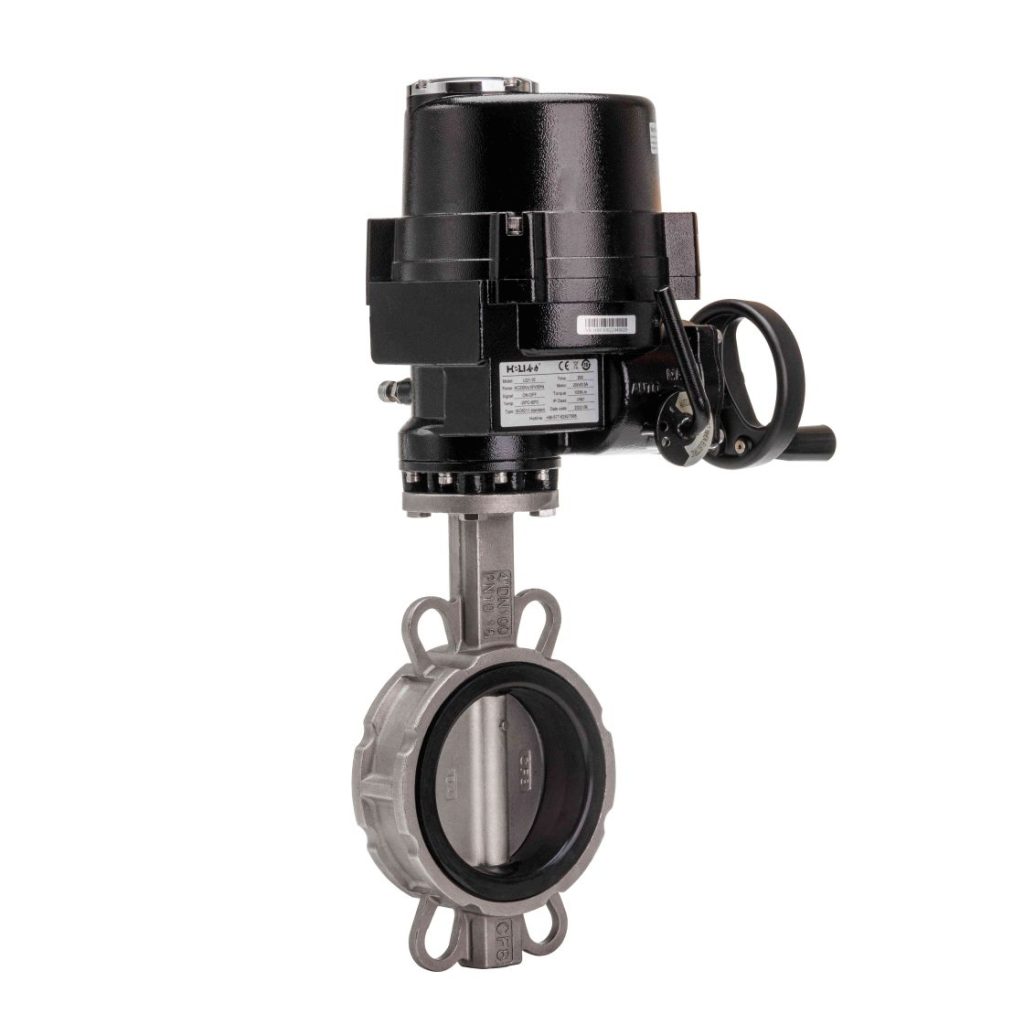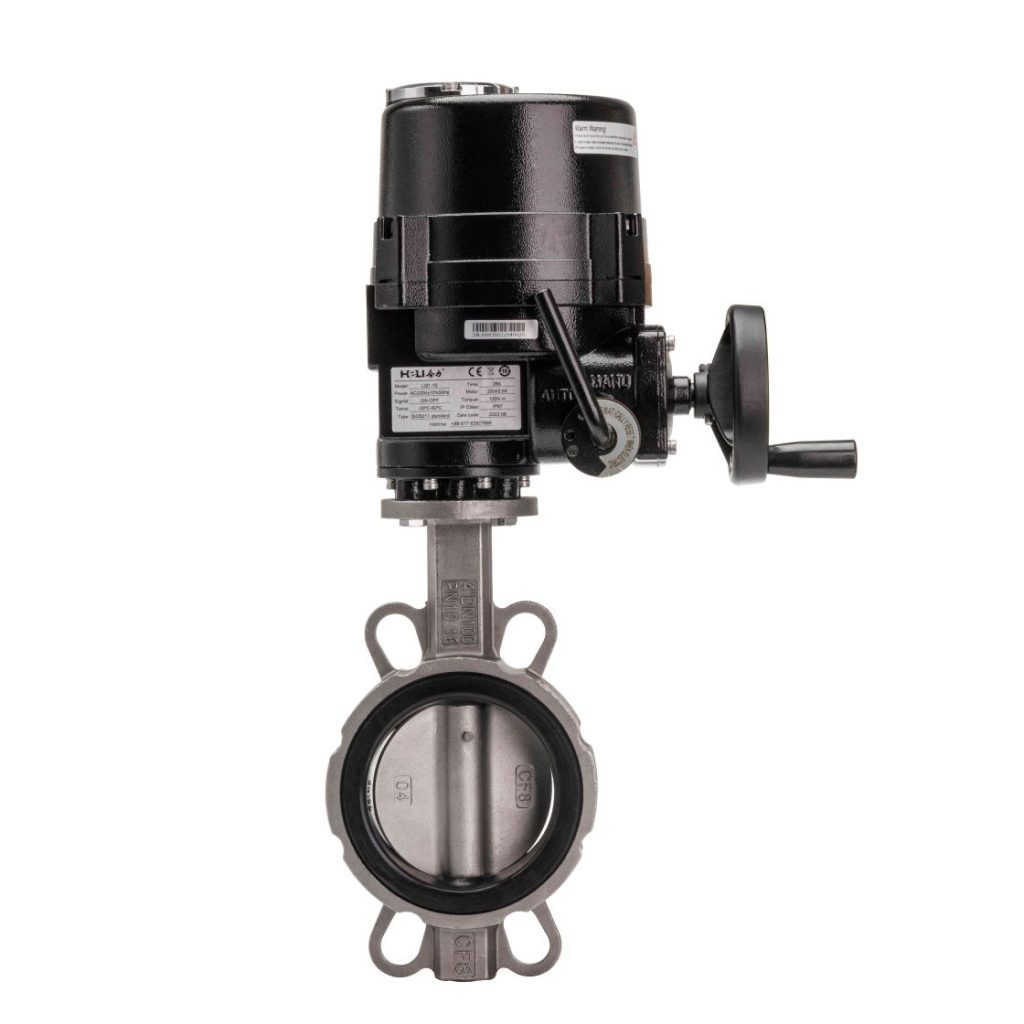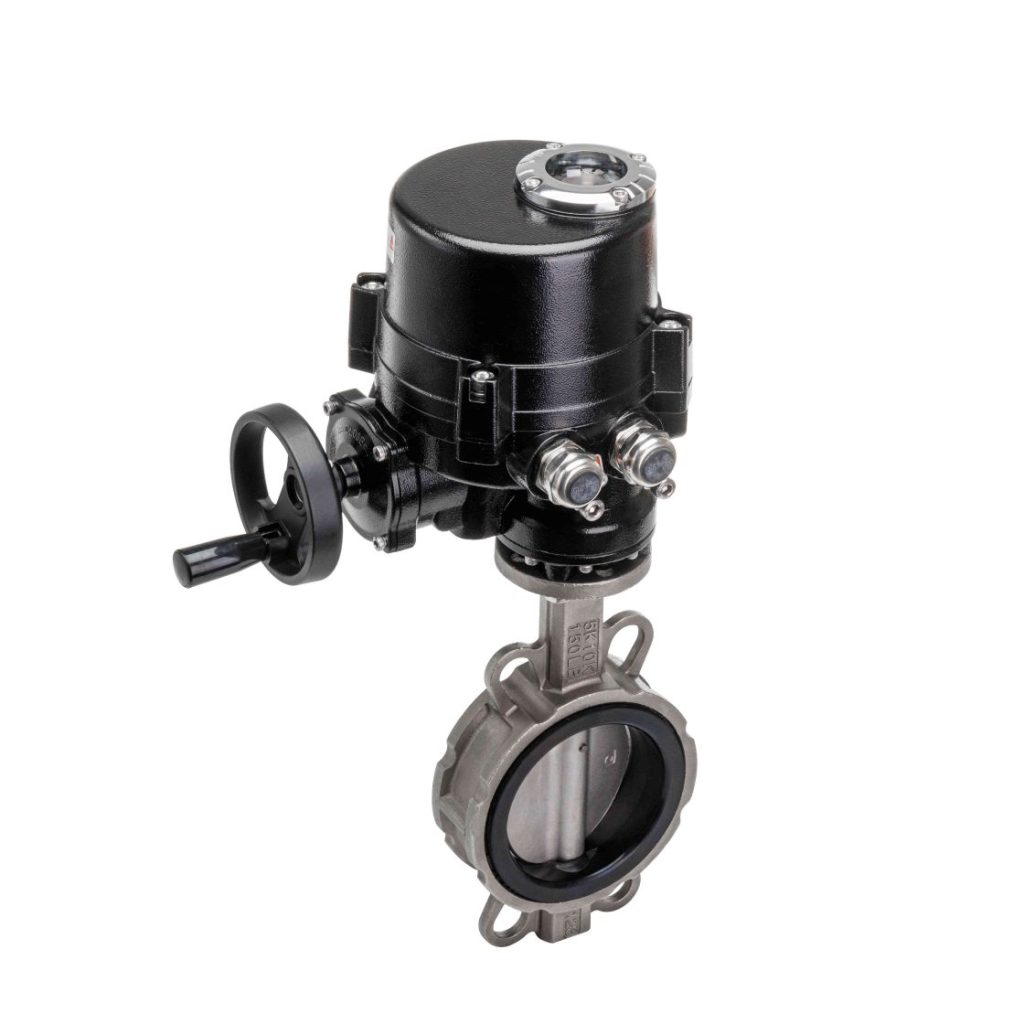The WCB Electric Clamp Butterfly Valve is an essential component in fluid control systems across a wide range of industries. Known for its durability, precision, and versatility, this valve type is a preferred choice for controlling the flow of liquids and gases in various applications. In this article, we will explore the features, benefits, applications, and key advantages of the WCB Electric Clamp Butterfly Valve, providing an in-depth understanding of why it plays a critical role in modern industrial systems.

What is a WCB Electric Clamp Butterfly Valve?

A WCB Electric Clamp Butterfly Valve is a type of valve used to regulate or control the flow of fluid in a pipeline. It features a rotating disc that acts as a barrier to regulate the flow. The WCB material, which stands for “Wrought Carbon Steel,” is often used in the construction of the valve body, making it durable and resistant to wear and corrosion. The term “electric” refers to the actuator mechanism, which is powered by electricity to allow remote or automated operation. “Clamp” refers to the valve’s design, which uses a clamp connection to securely attach to the pipeline. This type of butterfly valve is widely recognized for its efficiency in managing the flow of different types of media, such as water, air, and chemicals. The electric actuator allows precise control over the valve’s position, offering faster response times and reducing the need for manual intervention.

Leave a Reply